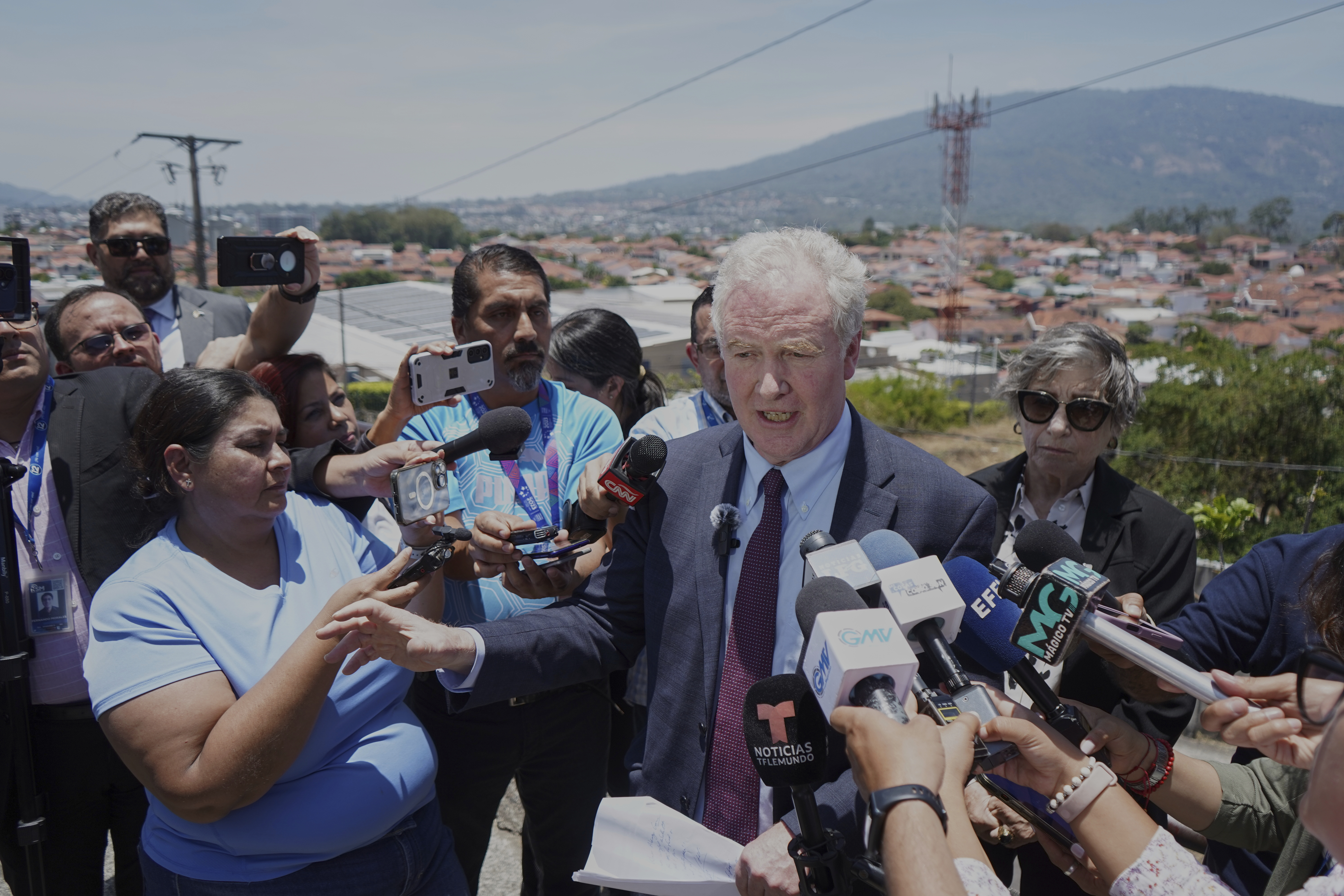An Alabama woman is being described as a medical anomaly. Not only was she born with a second uterus and second cervix, but now she is growing a baby in both.
Kelsey Hatcher, whose story was first shared by NBC-affiliate WTVM in Georgia, has always known about her rare, physical oddity. She’s already a mom of three young children with her husband Caleb.
But finding out she was pregnant with twins, each in their own uterus, was a shock to both her and her obstetrician, Hatcher told the outlet.
Richard Davis, an expert in high-risk pregnancies at the University of Alabama-Birmingham Hospital, told WVTM that "way under 1%" of women are born with a double uterus and double cervix.
“And then the probability of having a twin in each one is really crazy,” Davis added.
The double pregnancy is considered high-risk because of just how rare it is. WTVM said Hatcher and her babies will be the topic of a case study.
According to the nonprofit Cleveland Clinic, the condition of being born with two uteri is called uterus didelphys. It affects only 0.3% of women and is considered one of the least common uterine abnormalities.
During formation as a fetus, the uterus begins as two separate ducts, the Cleveland Clinic explained. As the fetus continues to develop, the ducts join together to create the hollow organ of a uterus.
But there are rare cases when those two ducts don’t join together and instead develop into two separate uteri, resulting in uterus didelphys. The Cleveland Clinic said some women with a double uterus may also have two cervixes and two vaginal canals.
Hatcher’s babies are growing as they should, but the tricky part will be when they decide to make their entrances into the world, WTVM reported. There’s a chance each uterus could start contractions at different times — which means the babies could be born days or maybe even weeks apart.
“So when she goes into labor, if she does, then we will have to monitor each uterus and see which one's contracting and if they're doing sort of almost the same or they're different," Davis said.
Hatcher’s due date is Christmas Day, the outlet said.

More birthing wards close in a state with broad 'maternity deserts'
The March of Dimes said the farther a woman has to travel to receive birthing care, the greater the risk of maternal and infant morbidity.










